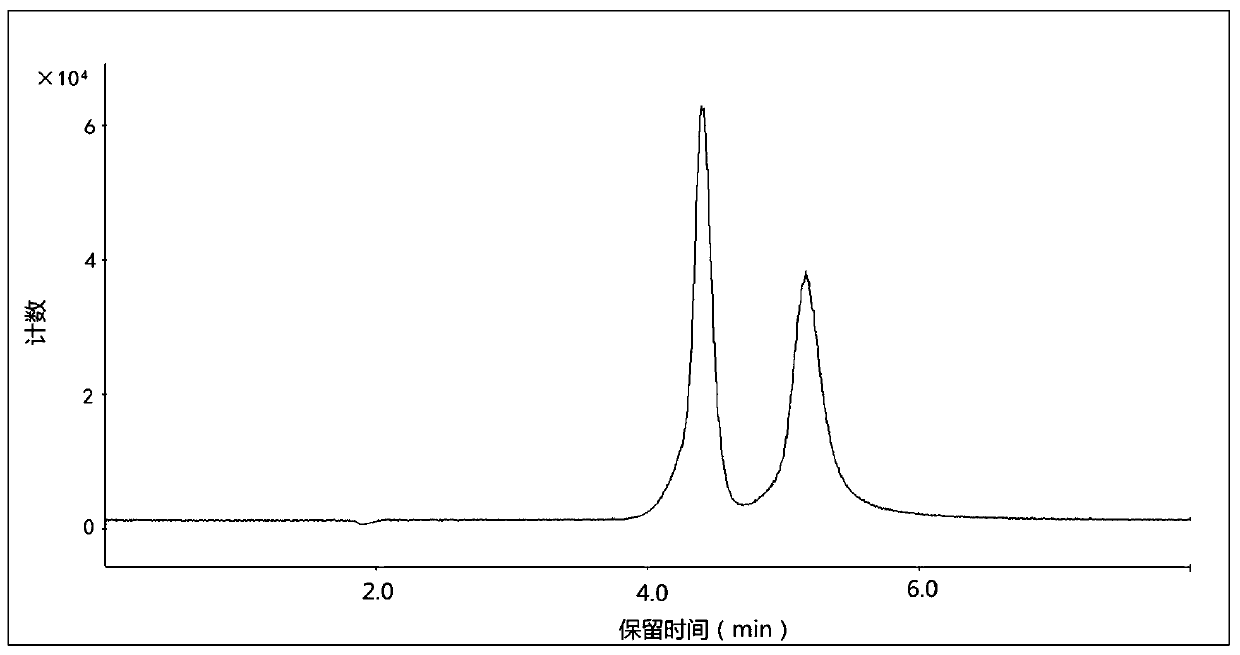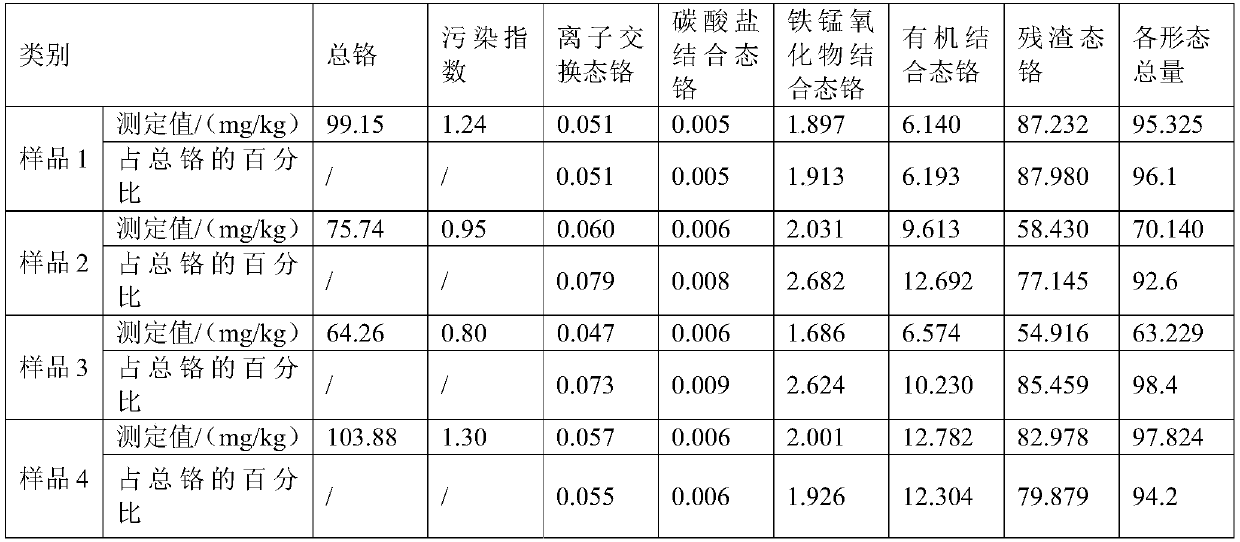Method for extracting and analyzing trivalent chromium and hexavalent chromium in water sediments
An analysis method and sediment technology, applied in the field of heavy metal detection, can solve problems such as restricting the development of aquaculture, human health damage, pollution degradation or reduction, etc., and achieve the effect of simple and fast sample pretreatment operation.
- Summary
- Abstract
- Description
- Claims
- Application Information
AI Technical Summary
Problems solved by technology
Method used
Image
Examples
Embodiment 1
[0028] 1. Instruments and reagents:
[0029] Inductively coupled plasma mass spectrometer (Agilent 7900, USA), high performance liquid chromatography (Waters ACQUITY UPLC, USA), chromatographic separation using Dion company anion protection column (Ion PacAG11, 50mm × 4mm, Dionex, USA), the column used A PEEK tube (50cm, 0.18mm i.d.) is directly connected to the glass concentric nebulizer of the inductively coupled plasma mass spectrometer, and the ultrasonic instrument (ks-80D, Ningbo Haishu Kesheng Ultrasonic Equipment Co., Ltd.) is used for auxiliary extraction / extraction, A centrifuge (Avanti JXN-30, BECKMAN COULTER) was used for solid-liquid separation. pH was measured using a PHS-3C acidity meter (Shanghai Yidian Scientific Instrument Co., Ltd.).
[0030] The above-mentioned equipment models and manufacturers are only for illustrating the embodiments of the present invention, and do not limit the present invention.
[0031] Cr(Ⅲ) and Cr(Ⅵ) single element standard solut...
PUM
 Login to View More
Login to View More Abstract
Description
Claims
Application Information
 Login to View More
Login to View More - R&D
- Intellectual Property
- Life Sciences
- Materials
- Tech Scout
- Unparalleled Data Quality
- Higher Quality Content
- 60% Fewer Hallucinations
Browse by: Latest US Patents, China's latest patents, Technical Efficacy Thesaurus, Application Domain, Technology Topic, Popular Technical Reports.
© 2025 PatSnap. All rights reserved.Legal|Privacy policy|Modern Slavery Act Transparency Statement|Sitemap|About US| Contact US: help@patsnap.com



